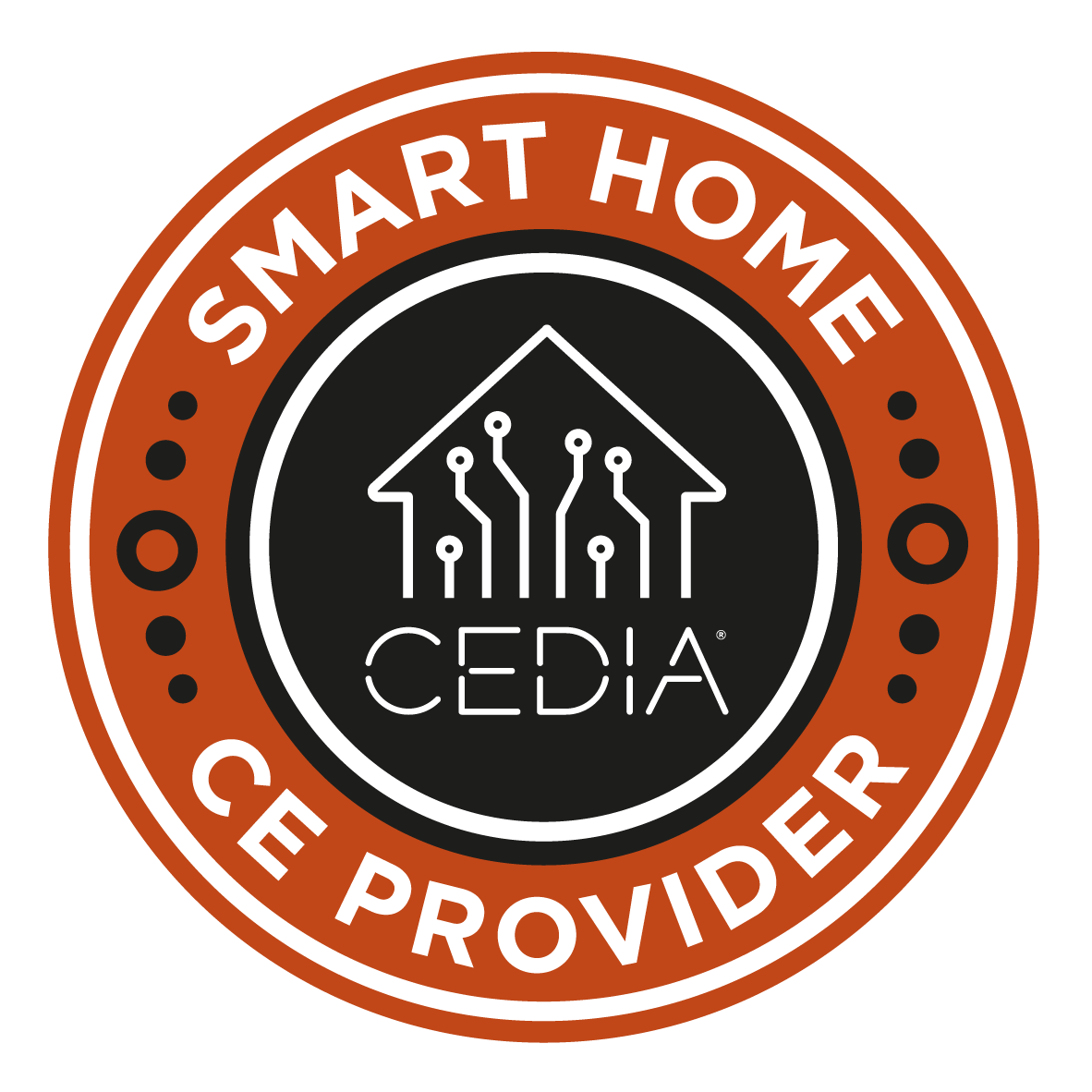We've recently moved to a new building and we're excited to announce all of the features you can enjoy for your integrated electronic needs.
Our new 3000 sqft facility will have dedicated offices for admin, design and engineering, programming, staging, rack building, project management and of course a full showroom and conference/meeting space. All better to support our clientsIf you'd like to schedule a visit, give us a call at our new phone number: (808)3 20-8463And visit us at our new location: 1587 Haleukana St. Ste. 101 lihue Hi 96766
Building Automation Solutions Can Enhance Students’ Productivity
Sometimes it’s hard to imagine how much technology has become a part of students’ lives.From the moment they wake up until just before they go to sleep, many children never take their eyes off of a screen.
Far from an indictment about their behavior, they’re essentially capable of receiving and processing information at a lightning pace. It’s the duty of educators to take advantage of that, and it starts with building automation solutions.
In this blog, we’ll illustrate how enhancing the technological presence in the classroom can improve student engagement and facilitate the learning experience.
See Also: How Conference Room Automation Makes Your Business More Impressive
Wireless Network
Sharing information over a wireless network has become second nature. So there’s no reason you can’t share files and other learning materials the same way.Each student can have wireless access to a school intranet to help them keep track of their work and stay organized throughout their day.
A wireless mesh network integrated throughout the school would ensure that each student has access without battling for bandwidth. They can store their books, notes and more on a schoolwide cloud for easy access.
That way, no one can say they’ve forgotten their homework ever again!
Interactive Whiteboards
Students who don’t receive personalized attention can oftentimes fall behind on their studies.In a traditional classroom setup, that’s exactly what happens. Students sit through lectures without much interaction and they can begin to drift.
Interactive whiteboards can help them stay on track and engaged with the lesson, by allowing them to ask pointed, specific questions about the task at hand.
Efficient Projector and Slide Sharing
Much of each lesson is taught with a projector. Whether the teacher is trying to share a power-point presentation or a video, the projected image is essential.But a lot of time can be wasted if teachers spend half of the class setting up the technology.
Instead, offer one-touch solutions for starting the projector and dimming the lights to the appropriate levels.
That way, teachers can get back to teaching more quickly.
Centralize Control
For each system throughout the learning facility, administrators can still maintain full centralized control.If the lights are left on in a classroom, or if the integrated projector is not stored correctly after use, administrators can quickly solve the problem with the touch of a button.
It will free up time to make their jobs easier.
Can your school or learning facility benefit from building automation solutions?
Click here to work with us to get started on your building upgrade or give us a call at (808) 386-5963.
How to get the perfect sound system installation for your business
Audio can affect everything in a business environment from employee productivity to customer engagement. Investing in a sound system installation is often a strategic move, but there are many factors to consider. We’ll walk you through the steps for approaching that installation in your Maui, HI business.
No matter what line of business you’re in, we’ve got you covered. Read on to learn about the steps we recommend.
See Also: How Conference Room Automation Makes Your Business More Impressive
- Initial Evaluation
This is the step to set the intention for your installation and how you want it to function for your business.
- Area Assessment
You’ll need to take account of the room or building’s size, shape, and layout while considering what will be taking space: Desks? Tables and chairs? Clothing racks? Furniture?
Any physical object placed in the area will affect the way that sound navigates.
- Technology Selection
In this step, we’ll work with you to select the appropriate equipment to meet those goals that best fit the room or business you’re working with. In-wall or in-ceiling speakers may be the best solution for your business if you’re looking to save space and distribute sound evenly, while outdoor-specific speakers are ideal for bars or restaurants that receive a lot of traffic outside.
With any of your business needs regarding sound system installation, our professional team will be sure to make that the proper selections and design.
- Installation
Our network of architects, interior designers, builders, and installers will ensure a polished and functional result.
- Maintenance
Ready to take your Maui, HI business to the next level with a new sound system? Reach out to us here or give us a call at (808) 870-1619.
Stay Conscious of the Environment While Enhancing Your Oahu, HI Residence
You might not realize it, but Hawaii already is one of the most energy-efficient states within the U.S.
According to a 2017 WalletHub survey, Hawaii ranked No. 1 in the country in lowest electricity consumption per consumer and No. 1 in lowest natural-gas consumption per consumer.
If you’re reading that statistic and are surprised, perhaps it’s time you consider an energy management system for your home.
You can make your Oahu, HI residence energy efficient and environmentally conscious with the following smart home upgrades. Keep reading if your property’s energy consumption already is low, too.
Best of all, each system we’ll discuss below can add convenience to your day-to-day life.
SEE ALSO: Why Invest in a Smart Home Security System?
Smart Thermostat
Imagine your thermostat sensing when you leave for work in the morning, and it automatically turns on “eco” mode. Or, picture it showing your energy consumption patterns and how you can consume more efficiently.It’s possible with a smart thermostat.
While you’re away from your home, your thermostat can regulate itself to use as little heating and cooling technology as possible. And at the end of the month, you can review during which times of day you spent the most to regulate your home’s temperature and in turn have a better knowledge of how your energy management system can save you more.
Another great benefit of a smart thermostat is that you can access it anywhere you go. If you want to cool your residence before returning home, you can set the temperature from a smartphone or tablet application.
Lighting Control System
With smart lighting control, you don’t have to worry about leaving lights on and spending unnecessary energy.From the convenience of your handheld device or an in-wall keypad within your home, you can turn off every light with the press of a button.
When you’re home, you can adjust the amount of light each room receives through dimming options, and you also can create lighting “scenes” that illuminate specific areas – like a walkway to the kitchen when you wake up in the morning.
We also recommend you use LED bulbs instead of incandescent bulbs, so you save on energy consumption even while you have the lights on.
Motorized Shades
End the hassle of raising and lowering each blind in your home and instead have them motorized.You can save time and energy with a motorized shading system, in which you can raise or lower your blinds with the single press of a button. Or, you can have them entirely automated.
At sunrise, your blinds automatically can lower so that light enters the room and heat stays out. Your shades will allow your home to stay cool so that you can simultaneously stay comfortable and conserve energy.
If any of these technologies sound appealing to you, we are experts at installing them to perfectly fit your Oahu, HI home’s energy management system needs. To find out more, all you need to do is click on the chat button on the bottom right of your screen or call (808) 386-5963. We look forward to hearing from you!







